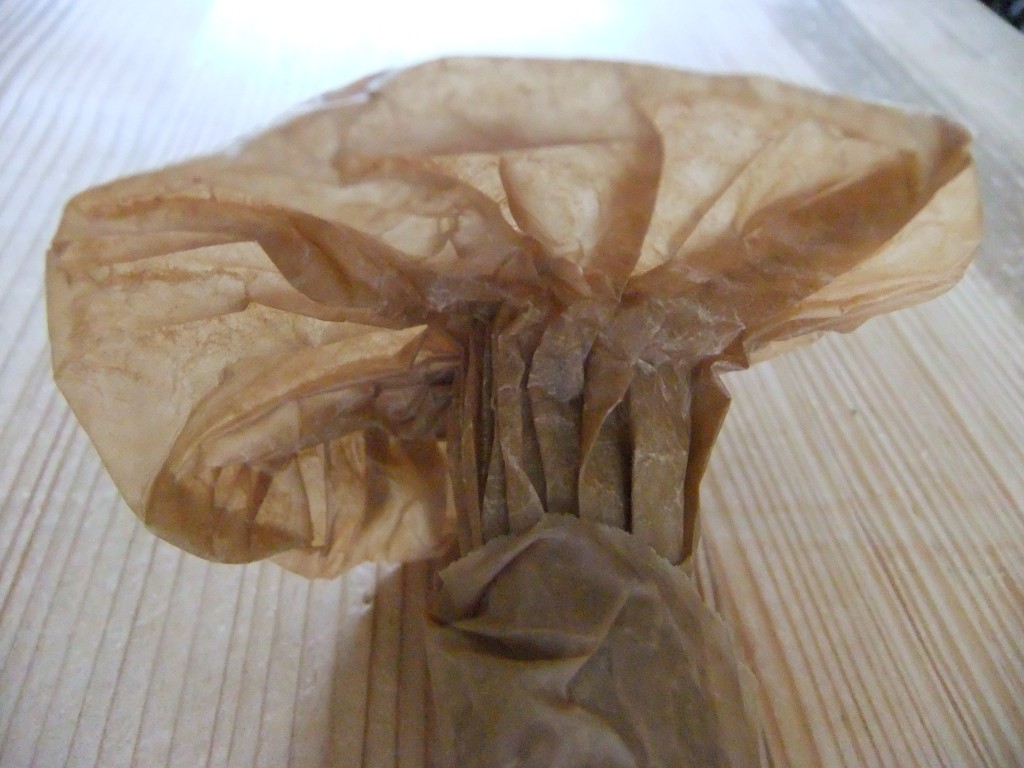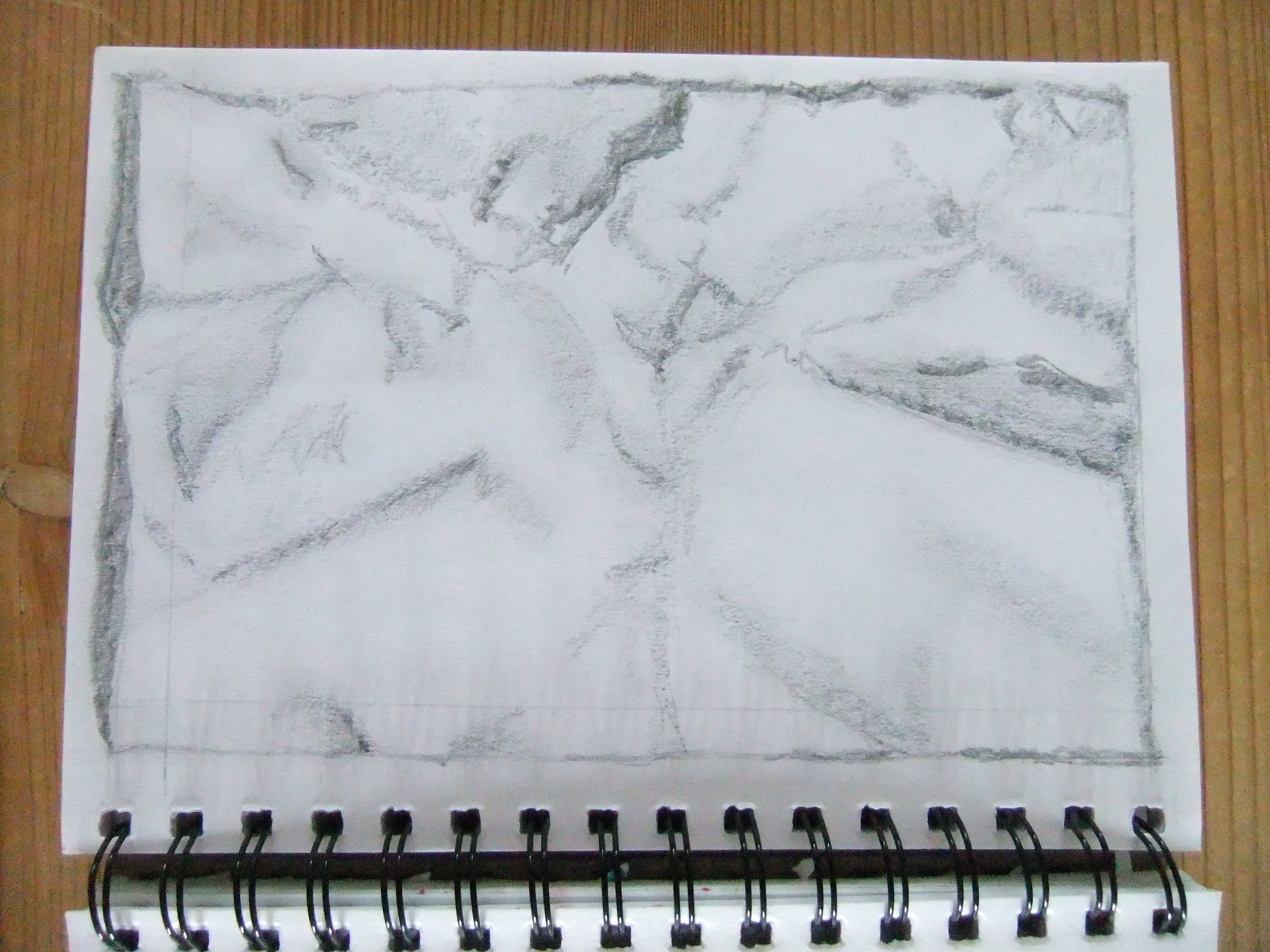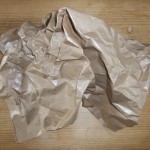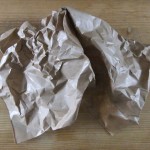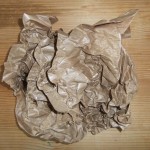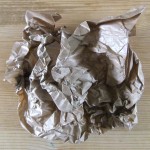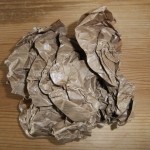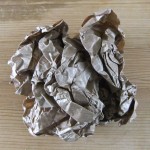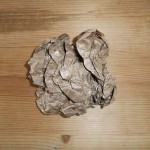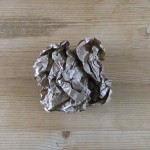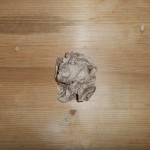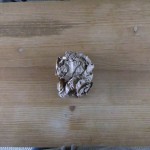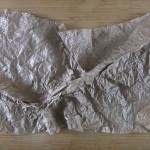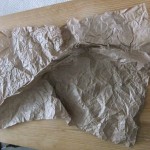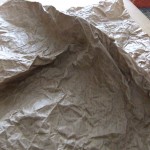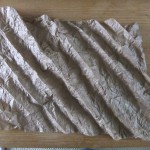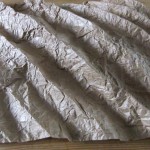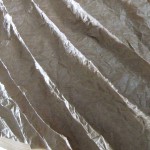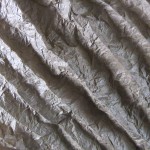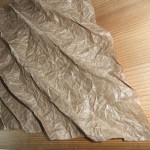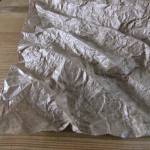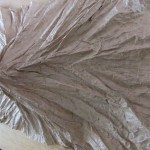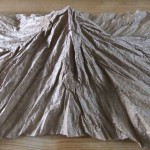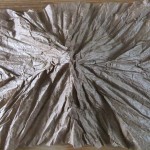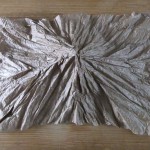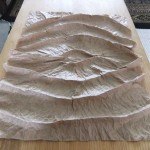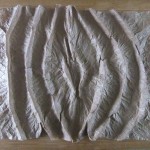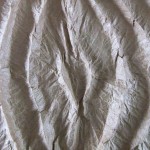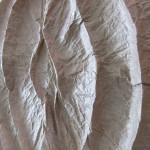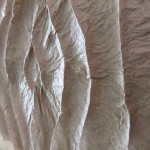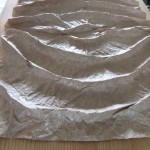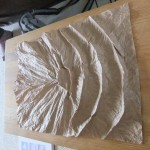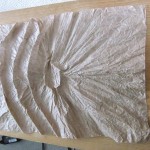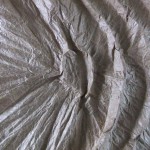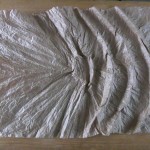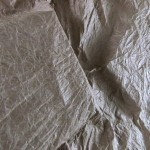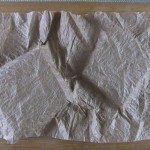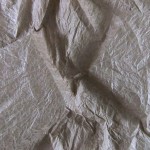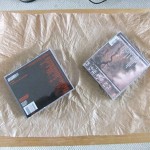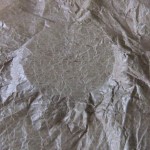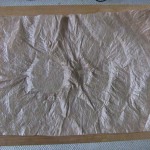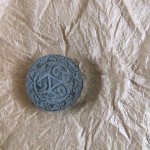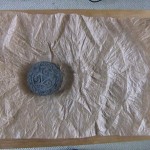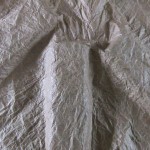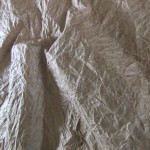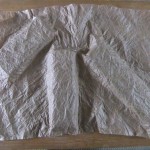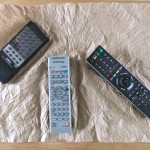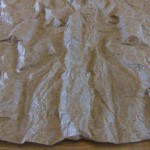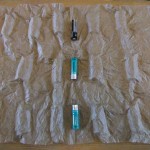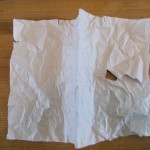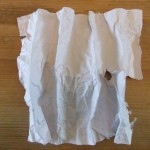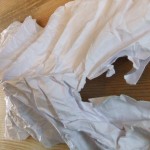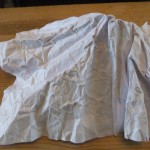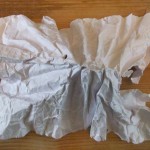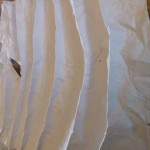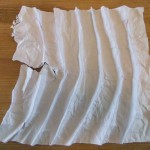Introduction
This exercise uses crumpling paper to give it stretch and flexibility as well as creating added texture.
i) Crumpling – Brown paper wrap
For this exercise the nearest I could find to the paper suggested was a lightweight glossy brown paper.
- Project 1: Crumpling 01
- Project 1: Crumpling 02
- Project 1: Crumpling 03
- Project 1: Crumpling 04
- Project 1: Crumpling 05
- Project 1: Crumpling 06
- Project 1: Crumpling 07
- Project 1: Crumpling 08
- Project 1: Crumpling 09
- Project 1: Crumpling 10
ii) Single rib – Brown paper
Scrumpled paper with a single rib, rather like the Pennine ridge, ‘Backbone of Britain’!
- Project 1: Single rib 01
- Project 1: Single rib 02
- Project 1: Single rib 03
iii) Multiple ribs – Brown paper
A row of diagonally-folded multiple ribs:
- Project 1: Multiple ribs 01
- Project 1: Multiple ribs 02
- Project 1: Multiple ribs 03
- Project 1: Multiple ribs 04
- Project 1: Multiple ribs 05
- Project 1: Multiple ribs 06
iv) Radiating ribs – Brown paper
This technique produced excellent texture and shape, rather volcanic or mountainous, but also reminds me of the gills of fungi turned inside out!
- Project 1: Radiating ribs 01
- Project 1: Radiating ribs 02
- Project 1: Radiating ribs 03
- Project 1: Radiating ribs 04
v) Circular ribs – Brown paper
This technique makes me think of ripples in a pool, although there is also something organic in the shapes when photographed in close-up. When only half was photographed it reminded me of waves flowing inshore.
- Project 1: Circular ribs 01
- Project 1: Circular ribs 02
- Project 1: Circular ribs 03
- Project 1: Circular ribs 04
- Project 1: Circular ribs 05
- Project 1: Circular ribs 06
- Project 1: Circular ribs 07
- Project 1: Circular ribs 08
- Project 1: Circular ribs 09
- Project 1: Circular ribs 10
vi) Embossed shapes – Brown paper
For this part of the exercise I selected a number of everyday objects and shaped the brown paper around them.
- Project 1: Embossed shapes CDs 01
- Project 1: Embossed shapes CDs 02
- Project 1: Embossed shapes CDs 03
- Project 1: Embossed shapes CDs 04
- Project 1: Embossed shapes coasters 01
- Project 1: Embossed shapes coasters 02
- Project 1: Embossed shapes coasters 03
- Project 1: Embossed shapes coasters 04
- Project 1: Embossed shapes remote controls 01
- Project 1: Embossed shapes remote controls 02
- Project 1: Embossed shapes remote controls 03
- Project 1: Embossed shapes remote controls 04
- Project 1: Embossed shapes batteries 01
- Project 1: Embossed shapes batteries 02
- Project 1: Embossed shapes batteries 03
- Project 1: Embossed shapes batteries 04
vii) Crumpling – Other materials – Cartridge paper
I repeated some of the exercises with 160gsm cartridge paper:
- Project 1: Crumpling cartridge paper 01
- Project 1: Crumpling cartridge paper 02
- Project 1: Crumpling cartridge paper 03
- Project 1: Crumpling cartridge paper 04
- Project 1: Crumpling cartridge paper 05
- Project 1: Crumpling cartridge paper 06
- Project 1: Crumpling cartridge paper 07
Thoughts and conclusions
The brown paper performed well for the exercises, light enough to crumple but enough tensile strength not to tear or rip. However, the ‘fabric’ did start out quite stretchy but lost the ability to hold shape by the final stage of the exercises. This was particularly noticeable with the embossed shapes where it was difficult to get the shapes to retain distinct edges.
The cartridge paper was thick but also soft, meaning that it ripped quite easily without much folding. It was more difficult to fold into very tight shapes so was not as maleable or flexible.
It was interesting in the first instance to see how different just the simple crumpled paper looks when photographed with/without the flash. (Odd numbers have the flash, even without). The even numbers give much more striking shadows and highlights, making them more exciting as inspiration material.
The circular ribs produced interesting results, fluid and suggestive of movement. I felt that these were successful pieces and can envisage ways in which to incorporate these into my work, either as patterns, texture or both.
Future ideas
The radiating ribs were my favourite pieces from this exercise as they produced the most dramatic shapes and lines and feed into my current passion for mushrooms and fungi, looking like the gills of fungi turned inside out. They are similar to the techniques used by one of my researched artists, Vincent Floderer. His fungi and mushroom sculptural forms are made using what I believe he describes as butcher’s paper. Judging by the results from this exercise, the brown paper is close, but probably still a little too thick. I would like to try a slightly lighter paper to see if I can produce fungi-style shapes using his techniques.
I have not included fabrics in this exercise as the first attempts I tried using plain cotton didn’t produce any folds (barely even any creases!). However, I would like to experiment with dipping in very dilute pva or perhaps using spray starch or steaming to set texture into the fabrics.
Additional work
I have since experimented with producing fungi using brown paper and Vincent Floderer’s work
This is one of my samples:
